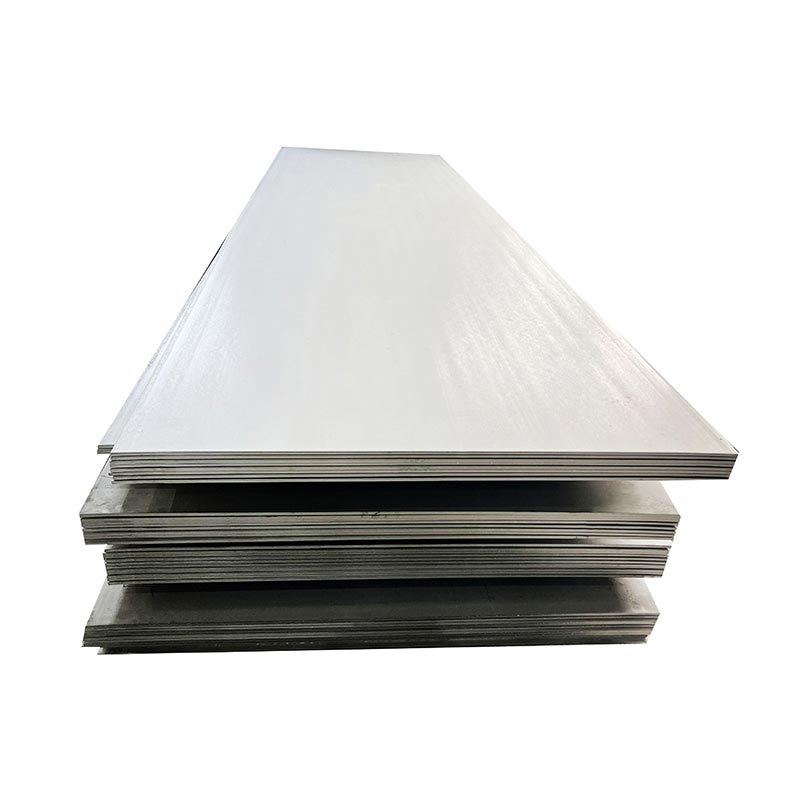What Are the Basics of Stainless Steel?
2025-04-03
Stainless steel is one of the most versatile and widely used materials in various industries. From kitchen appliances to skyscrapers, its durability, resistance to corrosion, and aesthetic appeal make it a preferred choice. But what exactly is stainless steel, and what makes it so special? Let’s explore the basics.
What Is Stainless Steel?
Stainless steel is a metal alloy primarily made of iron, chromium (at least 10.5%), and other elements such as nickel, carbon, and molybdenum. The presence of chromium creates a thin, protective oxide layer on the surface, preventing rust and corrosion.

Key Properties of Stainless Steel
1. Corrosion Resistance – The chromium content protects against rust and oxidation, making stainless steel ideal for humid or corrosive environments.
2. Strength and Durability – It has high tensile strength and resists wear and tear, ensuring long-lasting performance.
3. Heat Resistance – Stainless steel can withstand high temperatures, making it suitable for industrial applications like furnaces and exhaust systems.
4. Hygienic and Easy to Clean – Its non-porous surface prevents bacterial growth, making it popular in kitchens, medical equipment, and food processing.
5. Aesthetic Appeal – Available in various finishes, stainless steel adds a modern and polished look to architecture and design.
Types of Stainless Steel
There are different types of stainless steel, classified based on their composition and properties:
- Austenitic Stainless Steel (Grades 304, 316) – The most common type, known for its excellent corrosion resistance and versatility. Used in food processing, medical instruments, and marine applications.
- Ferritic Stainless Steel (Grade 430) – Magnetic and less corrosion-resistant than austenitic steel, but more affordable. Commonly used in automotive and kitchenware.
- Martensitic Stainless Steel (Grades 410, 420) – Hard and strong, often used in cutlery, surgical instruments, and turbine blades.
- Duplex Stainless Steel – A mix of austenitic and ferritic stainless steel, offering high strength and corrosion resistance, mainly used in chemical processing and offshore industries.
Common Applications of Stainless Steel
- Construction and Architecture – Used in buildings, bridges, and interior designs due to its strength and visual appeal.
- Automotive and Aerospace – Components like exhaust systems and aircraft parts benefit from its durability.
- Food and Beverage Industry – Ideal for food storage, cookware, and processing equipment due to its hygienic properties.
- Medical and Pharmaceutical – Essential for surgical tools, implants, and hospital equipment.
Conclusion
Stainless steel is an essential material in modern industries due to its strength, resistance to corrosion, and versatility. Whether in everyday household items or industrial applications, its durability and sleek appearance make it a top choice. Understanding its basics can help you make informed decisions when selecting stainless steel for your needs.


